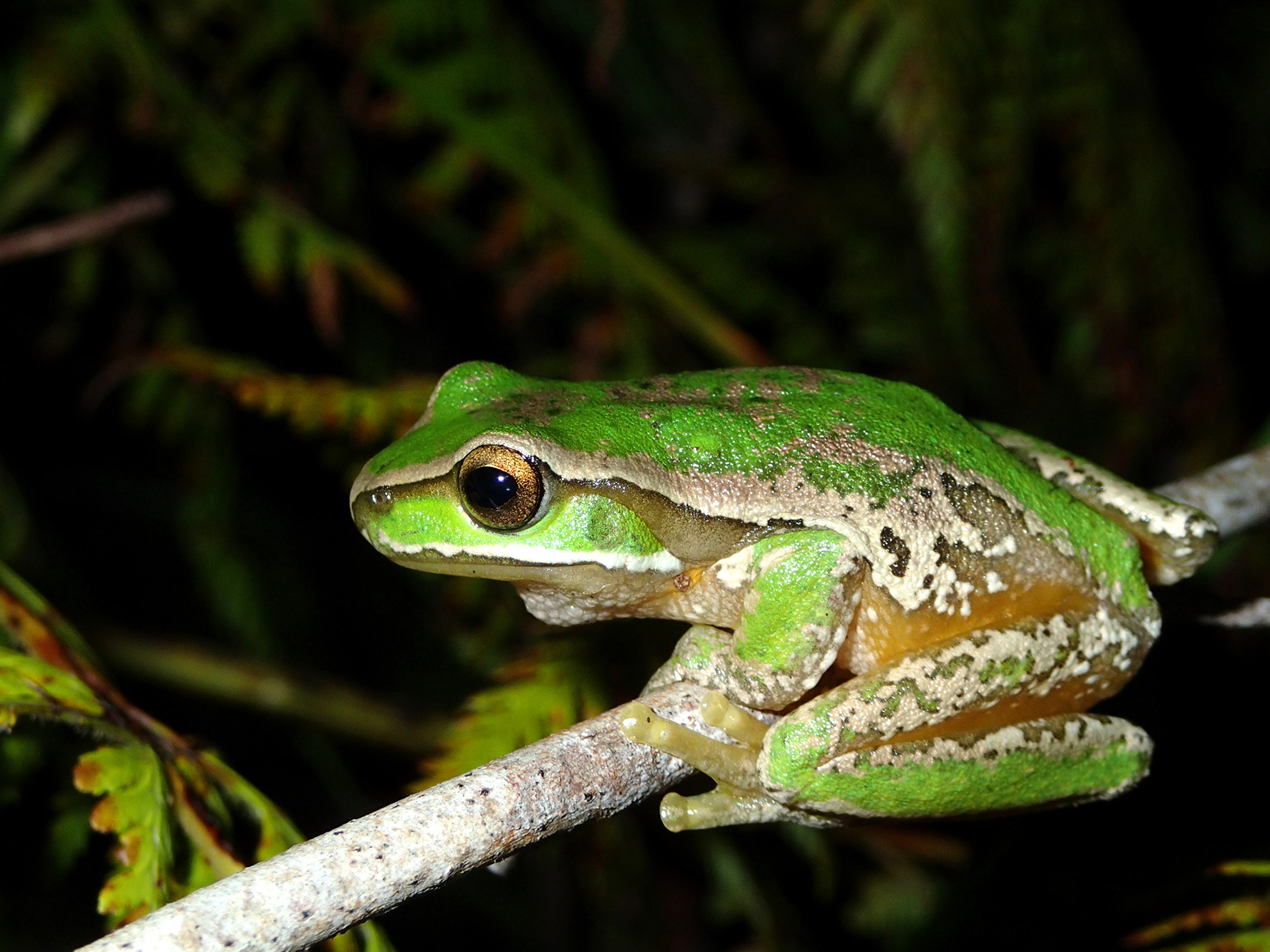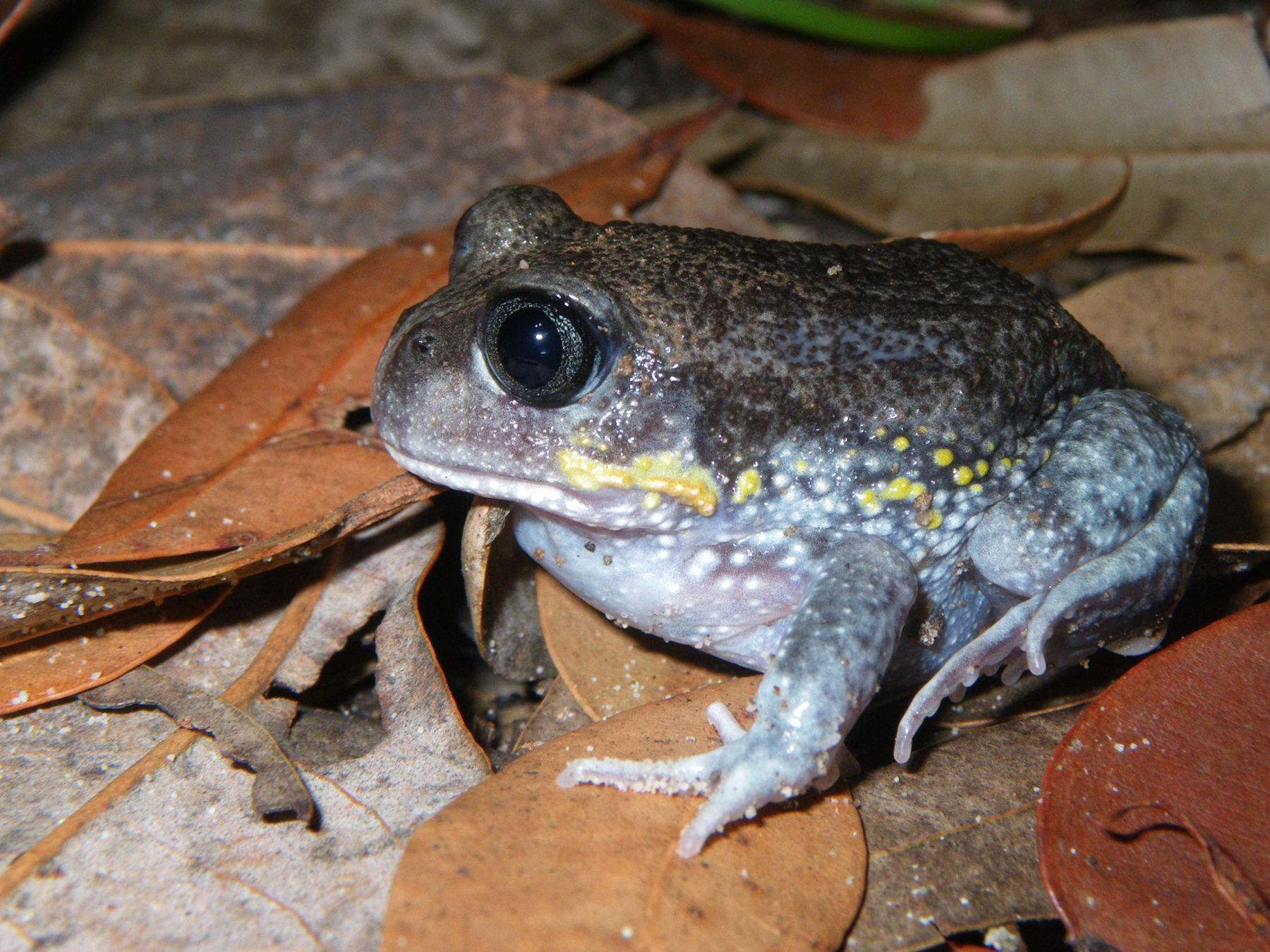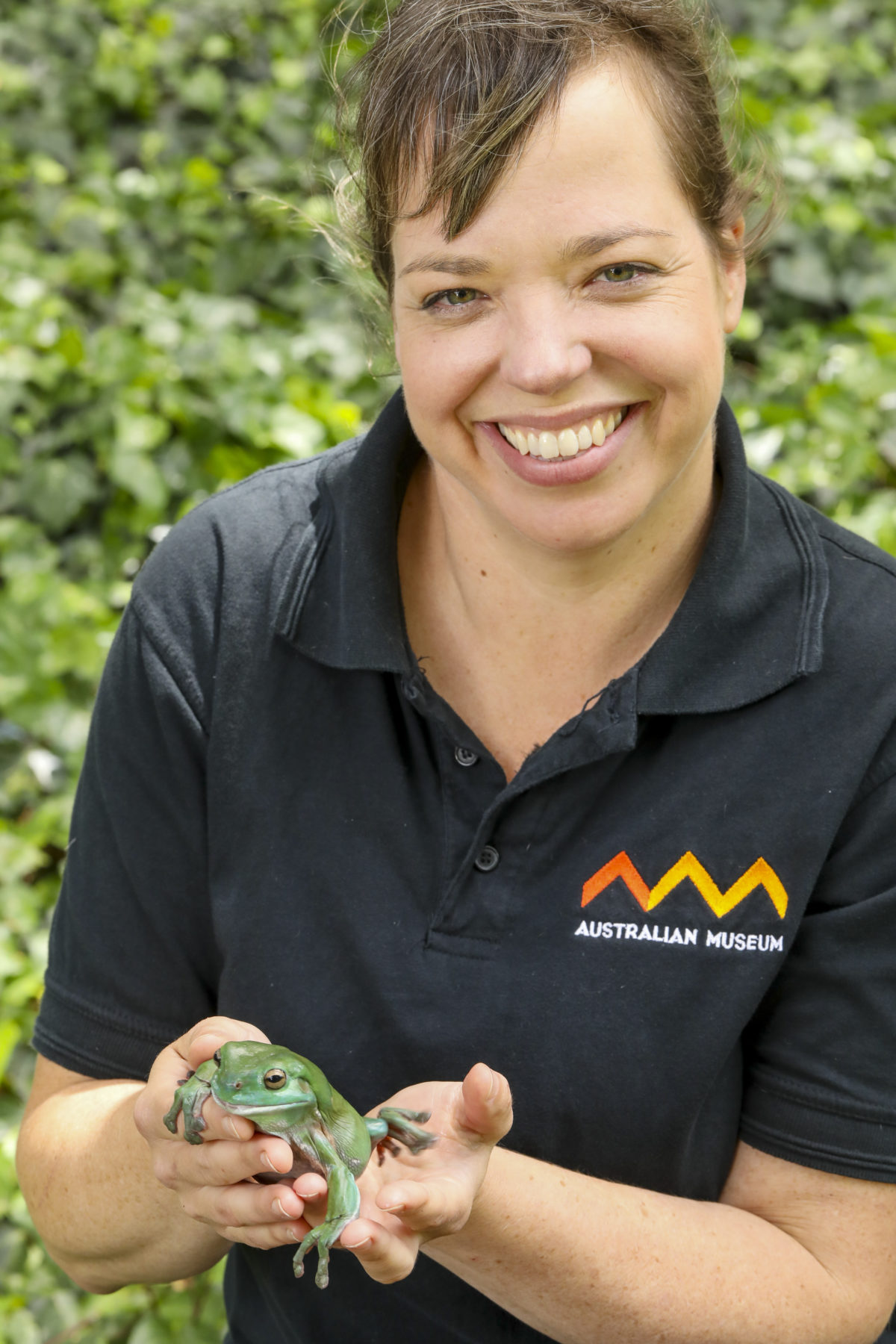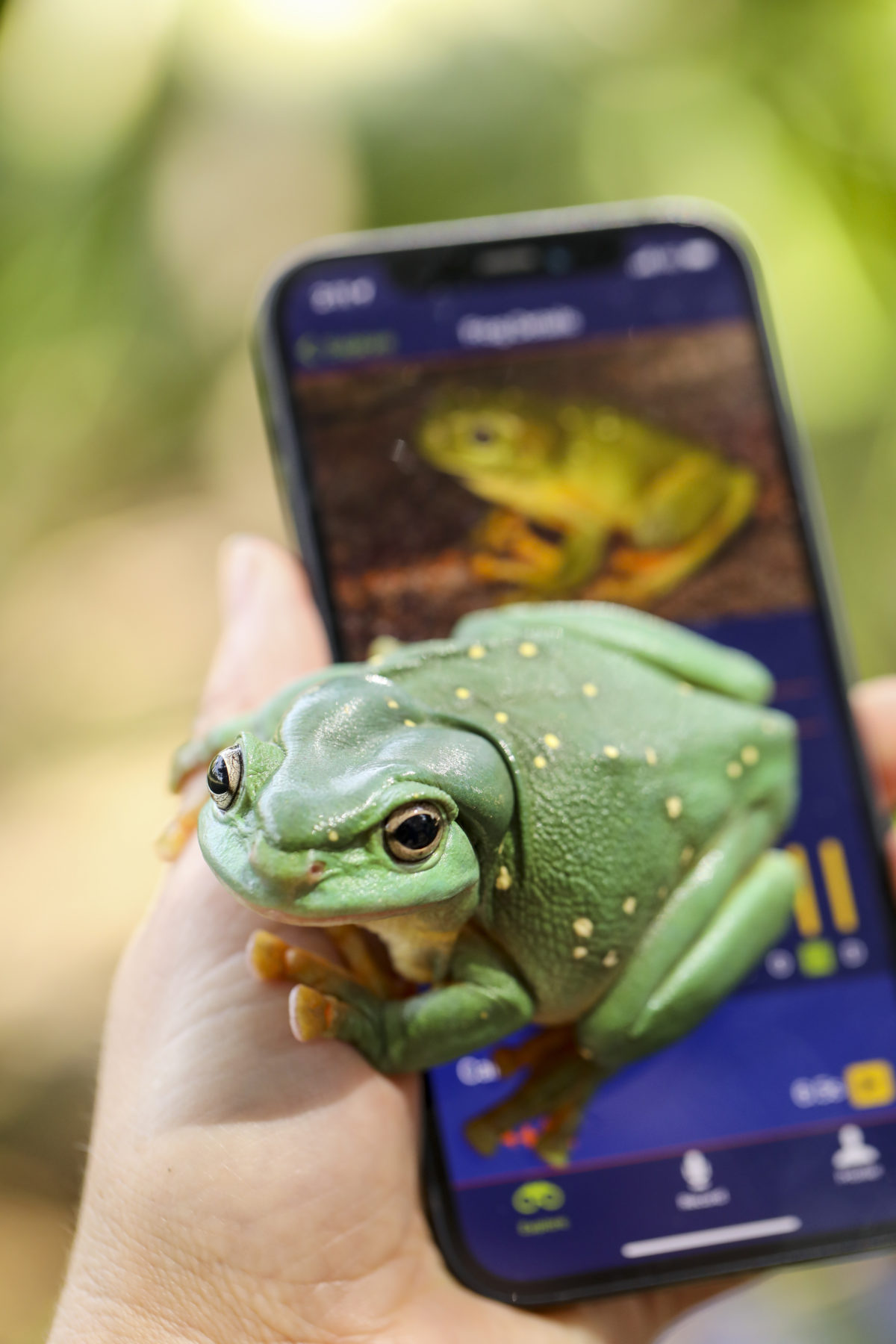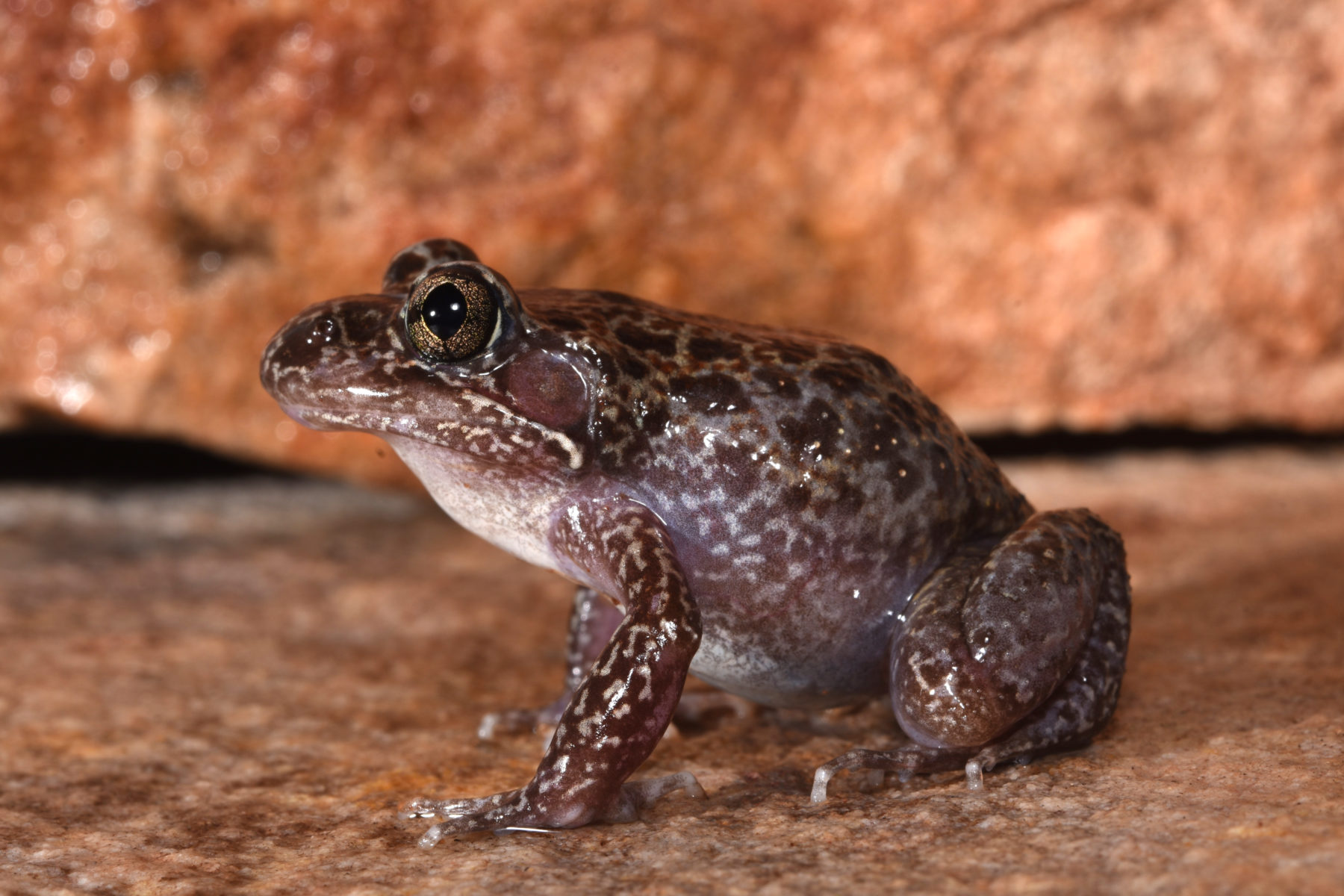Calling all frog fans – jump on in!

Fancy yourself a frog aficionado? Have a smartphone? Then the Australian Museum needs you!
Its annual citizen science project, FrogID Week, invites people to play an important role in understanding and monitoring Australia’s frogs. Participants simply record and submit the sounds of frog calls and the research team identifies them and in so doing, adds to the growing understanding of how frogs are coping against myriad threats, including habitat destruction, floods, fires and climate change.
In 2021, tens of thousands of Australians recorded over 20,000 audio files resulting in 37,000 new frog records. This year – the fifth annual FrogID Week – the Australian Museum’s scientists are encouraging a wider cross section of the population to get involved to create an even stronger picture of the country’s unique frogs.
Dr Jodi Rowley, Lead Scientist for FrogID and Curator of Amphibian and Reptile Conservation Biology at the Australian Museum and UNSW Sydney, says this FrogID Week is critical in helping Australia’s frogs.
“Frogs are part of one of the most threatened groups of animals on Earth – hundreds of species have already disappeared and many more are under threat,” Jodi says.
“The Museum has established a nationwide database of Australian frog calls, to monitor their distributions, breeding seasons and breeding habitats over time. That’s where the public comes in – by putting more frog calls on the map, particularly in regional and remote areas, we can better understand and conserve frogs.”
“People power through citizen science helps us understand the health of frog populations, and because frogs are great bioindicators, the health of our environment.”
Kim McKay AO, Director and CEO at the Australian Museum, says while FrogID is still in its early years, the information being gathered by the Australian public is already playing a valuable role in helping frogs.
“This year, the Museum has reached the milestone of over 700,000 Australian frog call records since the project began,” Kim says. “This remarkable, quality ‘audio shot’ of the status of Australia’s frogs is thanks to ordinary people.”
“Whether you’re a frog expert, or are completely new to frogs, get involved! Every FrogID recording contributes to our national understanding of Australia’s frog species and builds the information that the scientists and land managers need to help understand and conserve our unique amphibians.”
This year, FrogID Week is focused on gathering audio of calls from 19 local government areas around the country that are still not represented in the national FrogID database:
➢ Northern Territory – Belyuen
➢ Queensland – Cherbourg, Croydon, Doomadgee, Mapoon, Palm Island, Richmod, Woorabinda, Wujal Wujal ➢ South Australia – Cleve, Franklin Harbour, Kimba, Maralinga Tjarutja, Roxby Downs
➢ Western Australia – Dumbleyung, Morawa, Nungarin, Sandstone.
How does FrogID work?
Every species of frog makes a unique call – it’s the male frog’s way of attracting a female. In order to mate, most frogs need water. So, if there’s water, there’s usually frogs around. In November each year, depending on rainfall, most parts of Australia should hear frog calls.
You simply use the FrogID app to record the sound of a frog call and submit it using your mobile phone. Every audio recording of a frog call submitted to FrogID is identified by one or more species experts at the Australian Museum. These records not only increase our understanding of the true distribution of Australia’s frog species, but they also reveal what breeding conditions and habitats different frog species need.
Woodworker frog. Listen now:
How to take part in FrogID Week
To be involved in FrogID Week, download the free FrogID app and record frog calls from your backyards, dams and bushland as often as you can from 11–20 November and beyond.
FrogID allows people to record frogs safely with minimal disturbance to their habitat. It’s important to clean and disinfect footwear between habitats to avoid spreading frog germs.
You never know – you might help discover the next Australian frog species.
There’s also a competition for the Top Frogger. Record and submit the most frog calls during FrogID Week and you could win a FrogID prize pack valued at $235!
This article is brought to you by the Australian Museum.
Download the FrogID app and take part in Australia’s biggest frog count.
